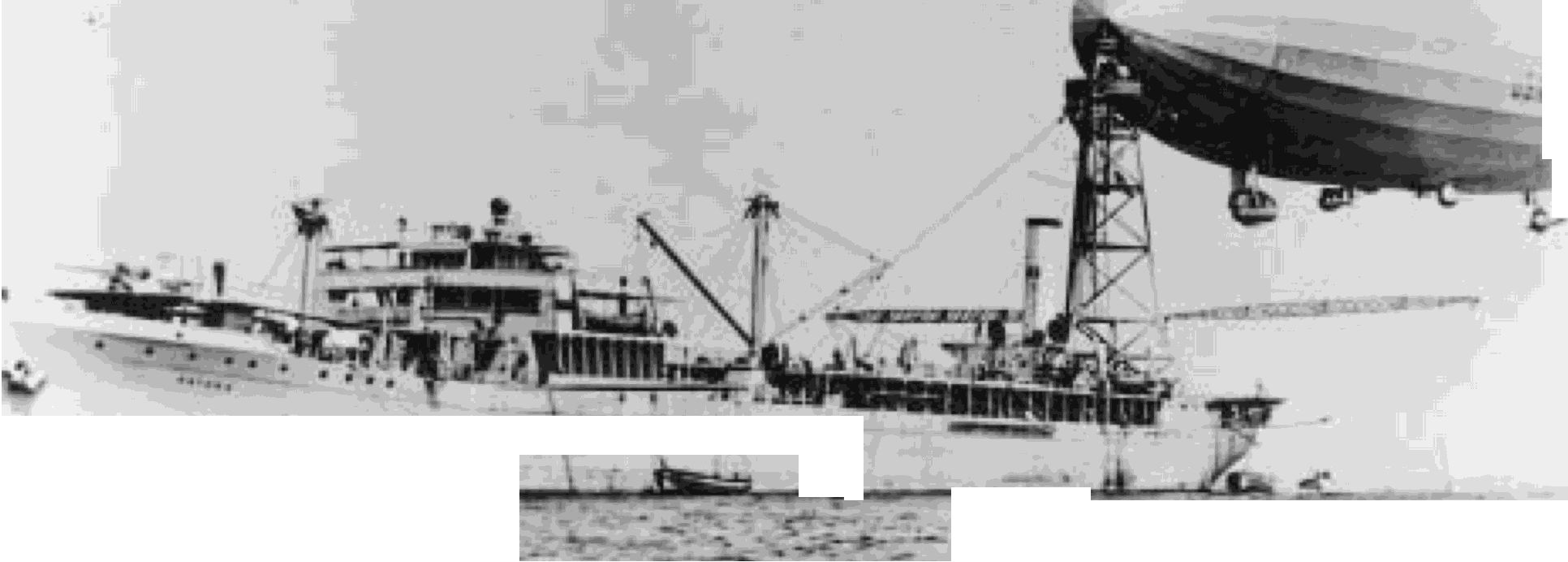
1924-Contin ued
Miami, Fla, and Key West, Fla., and return, for the pur-
pose of conducting service tests under actual operat-
ing conditions.
8 March
The race for the Curtiss Marine Trophy at
Miami was won by Lieutenant L. V. Grant in a Vought
VE-7, at an average speed of
116.1
mph.
21 March
The Bureau of Aeronautics directed that ser-
vice parachutes be used by all personnel on all flights.
21 April
The Bureau of Aeronautics requested the
Bureau of Steam Engineering to investigate develop-
ment of a single-wave radio sending and receiving set,
suitable for installation in fighting planes, with a 20-
mile sending radius, and powered by a small battery
or engine driven generator.
2 May
A DT plane, carrying a dummy torpedo, was
launched by catapult from
Langley,
at anchor in
Pensacola Bay, Fla. The plane was piloted by
Lieutenant W. M. Dillion and also carried Lieutenant
Stanton H. Wooster as gunnery officer.
19 June
The Bureau of Ordnance issued a contract
to the Ford Instrument Company for development of
an antiaircraft director for shipboard fire control.
22-23 June
Lieutenants Frank W. Wead and John D.
Price, in a Curtiss CS-2 equipped with one Wright T-3
Tornado engine, set five world records for Class C sea-
UNITED STATES NAVAL AVIATION
1910-1995
59
planes at Anacostia, D.C.; one for distance with
963.123 miles; one for duration for 13 hours, 23 min-
utes, 15 seconds; and three for speeds of 73.41 mph
for 500 kilometers, 74.27 mph for 1,000 kilometers,
and
74.17
mph for 1,500 kilometers.
24 June
A technical order was issued which pre-
scribed the external color of naval aircraft. Overall
color was to be aluminum enamel with clear varnish
on wooden spars and struts. Naval yellow enamel was
to be used on the top surfaces of upper wings of
training planes and yellow or other high visibility
color could similarly be applied to all aircraft of any
station, force or fleet.
11-12 July
Lieutenants Frank W. Wead and John
D. Price, flying a CS-2 equipped with a Wright
Tornado engine, broke world records for Class C sea-
planes at Ana-costia, D.C., with new marks for distance
of 994.19 miles and for duration of 14 hours, 53 min-
utes, 44 seconds.
23 July
The Bureau of Aeronautics announced that
it was assuming cognizance of pigeon boxes for use in
aircraft.
8 August
Shenandoah
(ZR-l) secured to the moor-
ing mast on
Patoka
(AO 9) while underway in
Narragansett Bay, remained moored to the ship during
her passage to anchor off Jamestown, R.I., and cast off
next day, almost 24 hours later. This was the first use
of the mooring mast erected aboard ship to facilitate
airship operations with the fleet.
. .
--
..
-;,
.
l.-
In first use
of
mooring mast aboard ship, the airship, Shenandoah, moored to Patoka, August
8,
1924 19-N-9670
- --
-
 |
13 |
 |